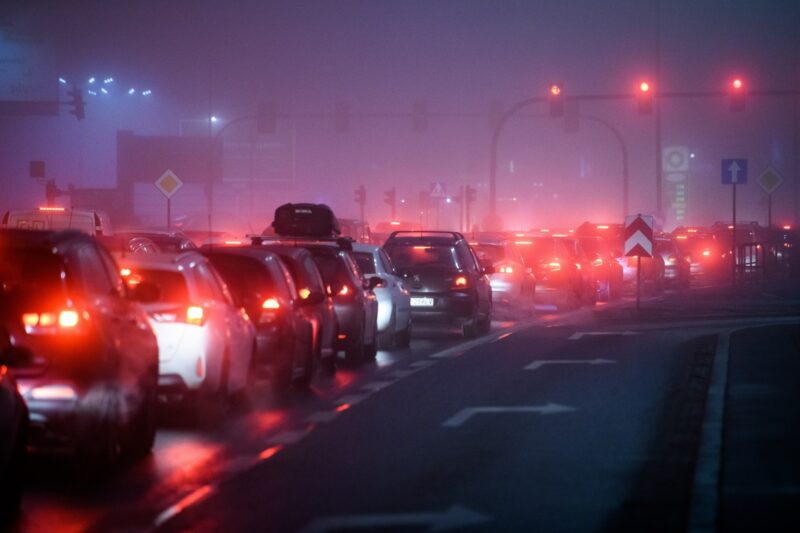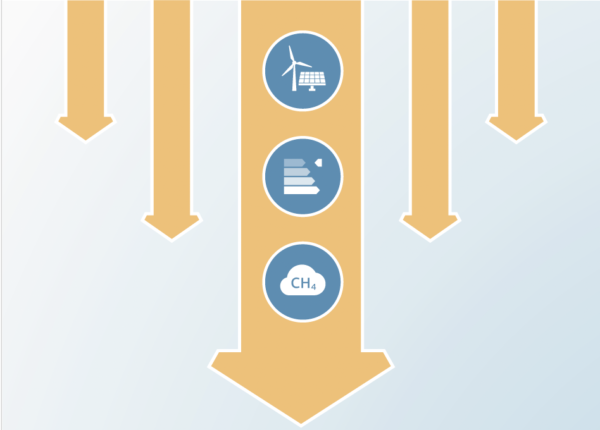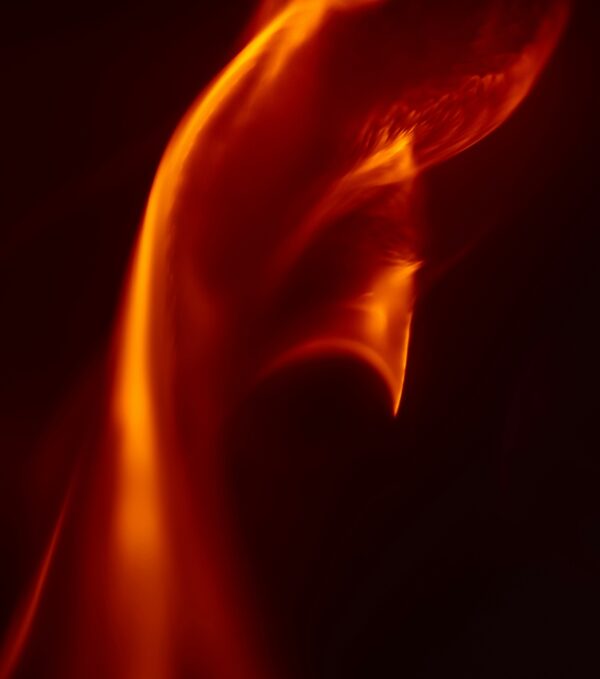Air-pollution emission ranges consistent with the representative concentration pathways
Authors
Share

The fifth phase of the Coupled Model Intercomparison Project uses four representative concentration pathways (RCPs) that span the literature range of total anthropogenic radiative forcing but not necessarily of each single forcing agent. We here explore a wide range of air-pollutant emissions over the twenty-first century consistent with the global CO2 paths of the RCPs, by varying assumptions on air-pollution controls and accounting for the possible phase-out of CO2-emitting sources.
We show that global air-pollutant emissions in the RCPs (including ozone and aerosol precursors) compare well to and are at times higher than cases that assume an extrapolation of current and planned air-pollution legislation in the absence of new policies to improve energy access for the poor. Stringent pollution controls and clean energy policies can thus further reduce the global atmospheric air-pollution loading below the RCP levels.
When assuming pollution control frozen at 2005 levels, the RCP8.5-consistent loading of all species either stabilizes or increases during the twenty-first century, in contrast to RCP4.5 and RCP2.6, which see a consistent decrease in the long term. Our results inform the possible range of global aerosol loading. However, the net aerosol forcing depends strongly on the geographical location of emissions. Therefore, a regional perspective is required to further explore the range of compatible forcing projections.











